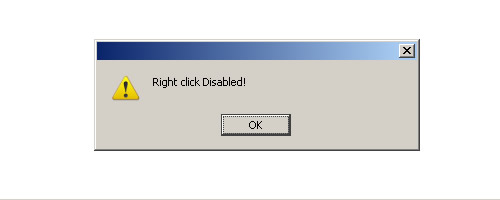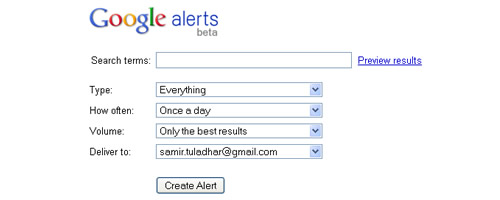How to Prevent and Deal with Content and Design Theft
Content and design theft is a huge problem for webmasters and designers. In fact, there’s probably not a serious web designer on the planet who hasn’t been a victim of theft at some point. Thieves will steal designs and content for their own “splogs” or spam blogs, making all your hard work worthless if they manage to steal your traffic with designs and content you put together on your own.
Intellectual property theft is serious, and it’s taken seriously in the United States. Unfortunately, it can be difficult to actually figure out who is stealing your content and design, and not everything you have on your site or blog may be protected by strict copyright laws. According to the Bureau of Justice Statistics Special Report, intellectual property theft has been on the rise since the advent of the internet, and it’s likely that the problem will just get worse.
So, what can you do to prevent and deal with content and design theft? There are a few options
available to you. Here are some of them:
1. Copyscape
This simple tool can make it easy to see if other people have ripped content from your blog or website. It takes time to check for duplicate content, but it can be worth doing once in a while, for sure.
2. Google Alerts
Set up Google Alerts for keywords that you use on your website or blog so you can check if your content is being copied. You can also just copy and paste some of your own articles into your Google search bar to see if your exact content is posted anywhere else online.
- When you’re looking at Google search results for content, you can usually find the date that the content was posted. Look this over to see who stole your content first. If it’s stolen, it might be copied more than one time!
- Make a habit of checking Google for your best or most well-read articles – the ones that could be the most problematic if stolen. Check once a week or so with quick searches to make sure your content isn’t stolen.
- If the content is stolen, you can actually fill out a spam report with Google Search Results to get the page taken down from the results. It doesn’t fix the problem at its core, but it can disable most traffic to the copied content.
3. Disable Copy, Paste, and Right Click

You can disable all these things on your blog so that sploggers can’t just copy and paste your content or images. It won’t stop more sophisticated theft, but it’s a good, simple place to start.
4. Use PHP Code

You can use PHP code to protect your content from being copied. Figure out how this could work well for your blog or website, and use it to keep people from copying your content and design..
- You can write PHP code to block User Agents or IP addresses from accessing your site, and you can do the same thing to those you know are stealing your content. You need to know who is
stealing the content or design first, but then you can write code for your website that blocks
them from accessing your site again.
5. Embedanything
Embedanything is an application that will force anyone who copies more than ten words from your blog to link back to it. It discourages copying, and it also allows you to use trackbacks to figure out who has been copying your work.
6. Show Your Copyright Policy
Just having a copyright policy displayed on your page can discourage some sploggers from copying your content and designs. Plus, it gives you more leverage if you catch them in the act and are talking with them, since you can point out the policy displayed right there on your page.
- If copyright infringement is a huge problem for you, you may want to display your copyright policy at the top of the page instead of at the bottom, where it’s less visible. This signals to possible thieves that you absolutely won’t tolerate theft on your site.
- You can also get a “Protected by Copyscape” badge for your site that can deter thieves from
stealing your site’s content.
What to Do If You Become a Victim
Really, it should be “what to do when you become a victim,” since almost all serious bloggers and web designers will eventually have some of their content or designs stolen at some point. The first step is to figure out who is stealing your content using link trackbacks and Google to do your research. Contact the thief directly and attempt to start a conversation about the problem, asking them to remove your content and designs from their website.
If this doesn’t work, which, most of the time, it won’t, you can contact the web host of the person who is stealing your content and designs. Chances are likely that they’re in violation of their agreement with the web host, and the host will have the clout to do something about the problem.
Whatever you do, don’t tolerate copying. Sure, it’s a form of flattery, but it’s also very bad for business. Use these six tools to prevent copying to the best of your ability, and deal with theft as soon as it becomes apparent.












